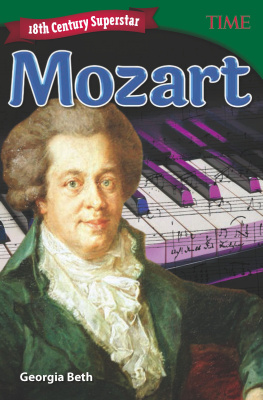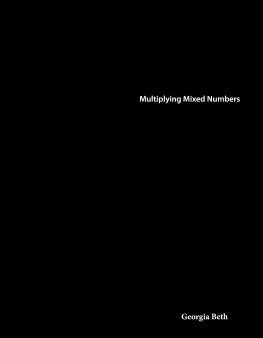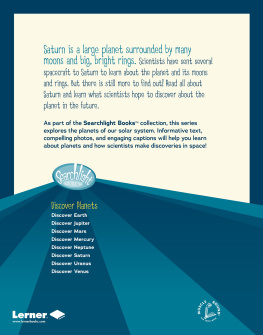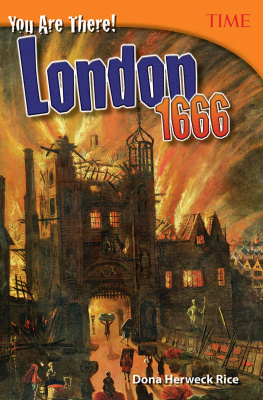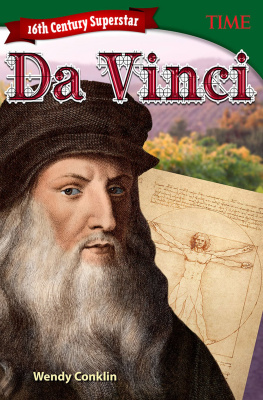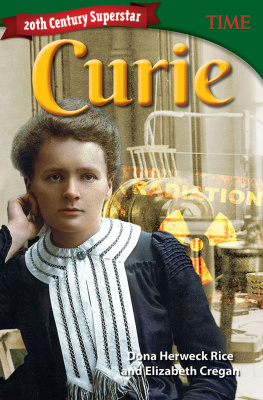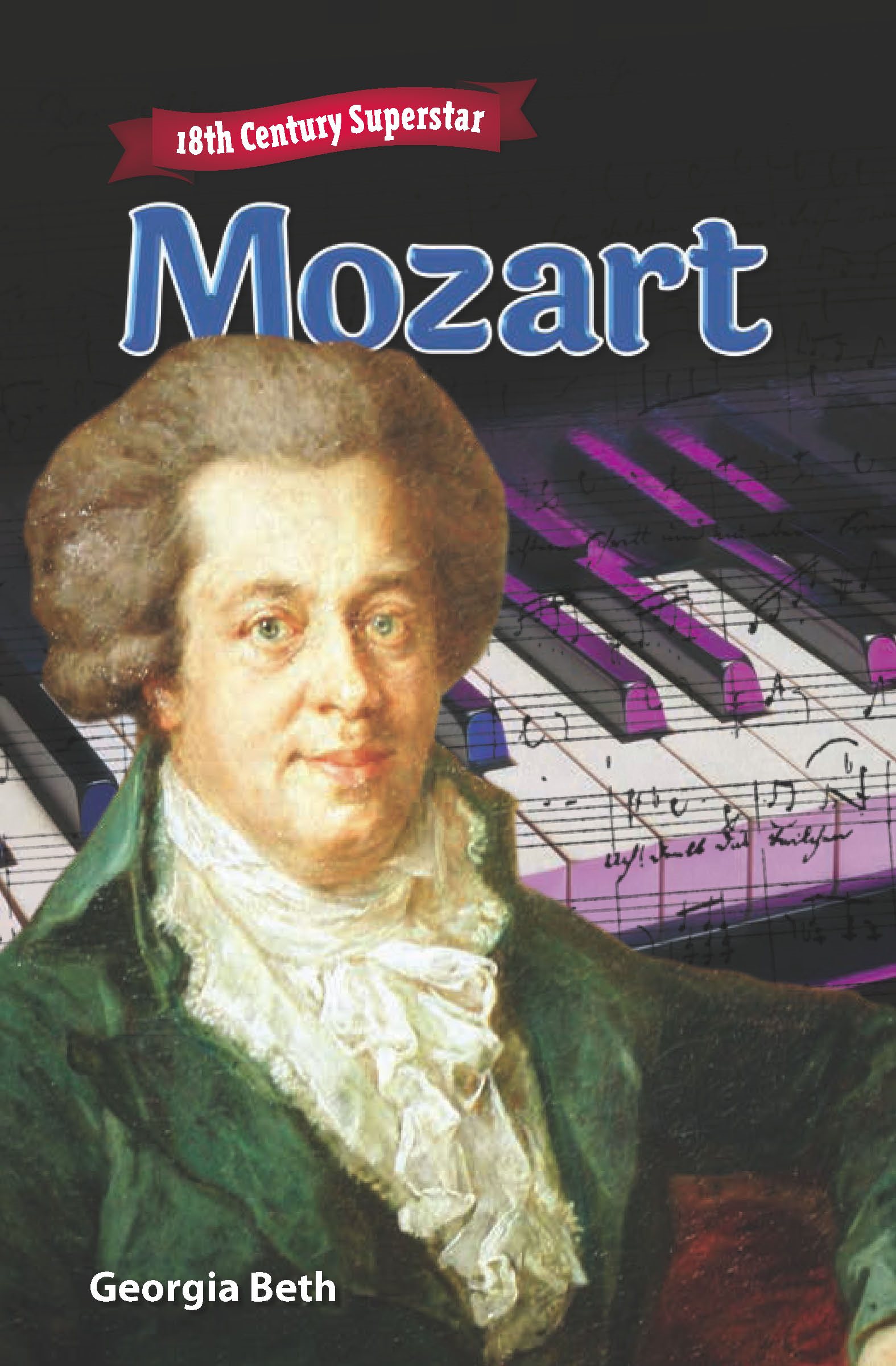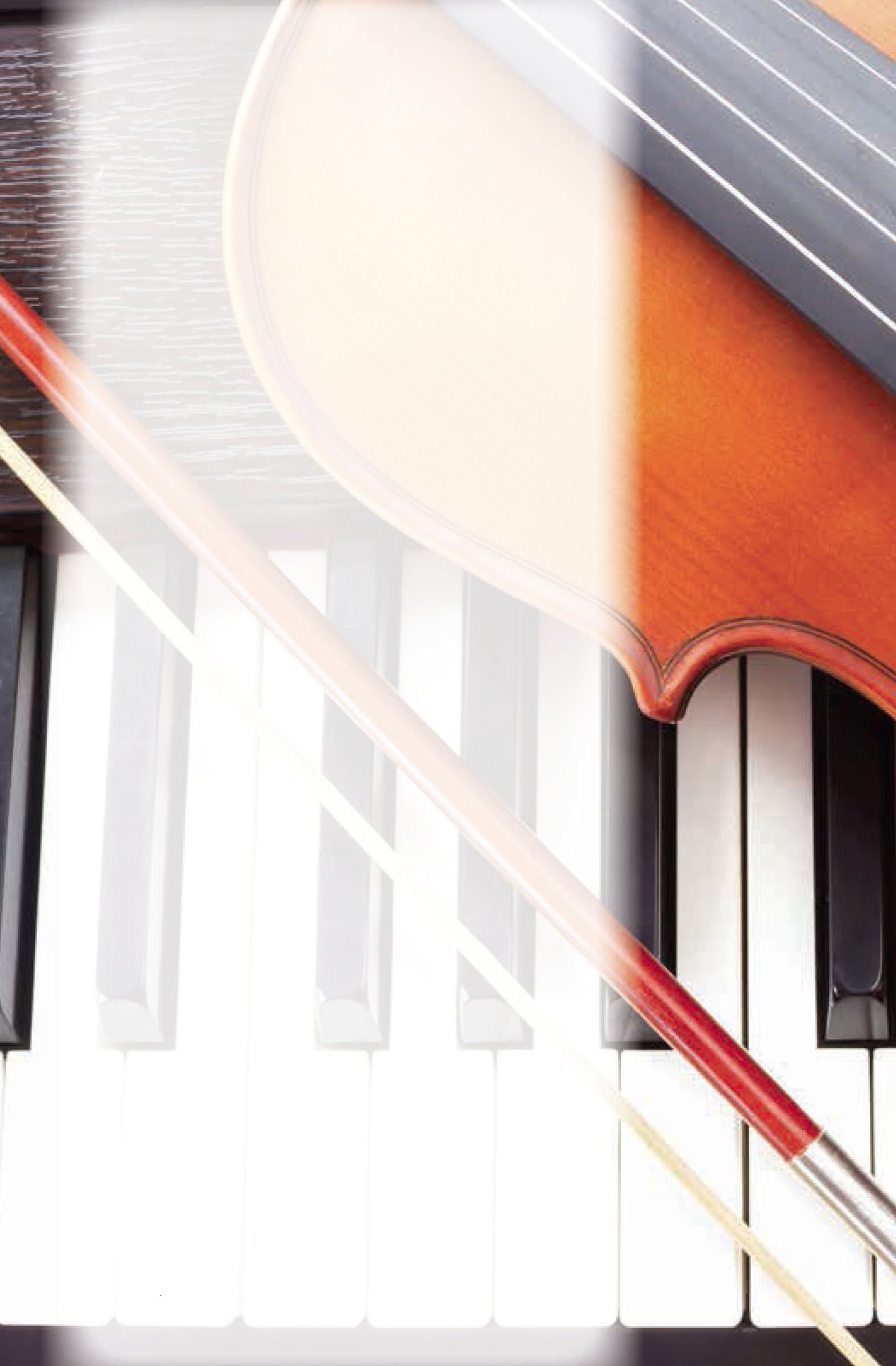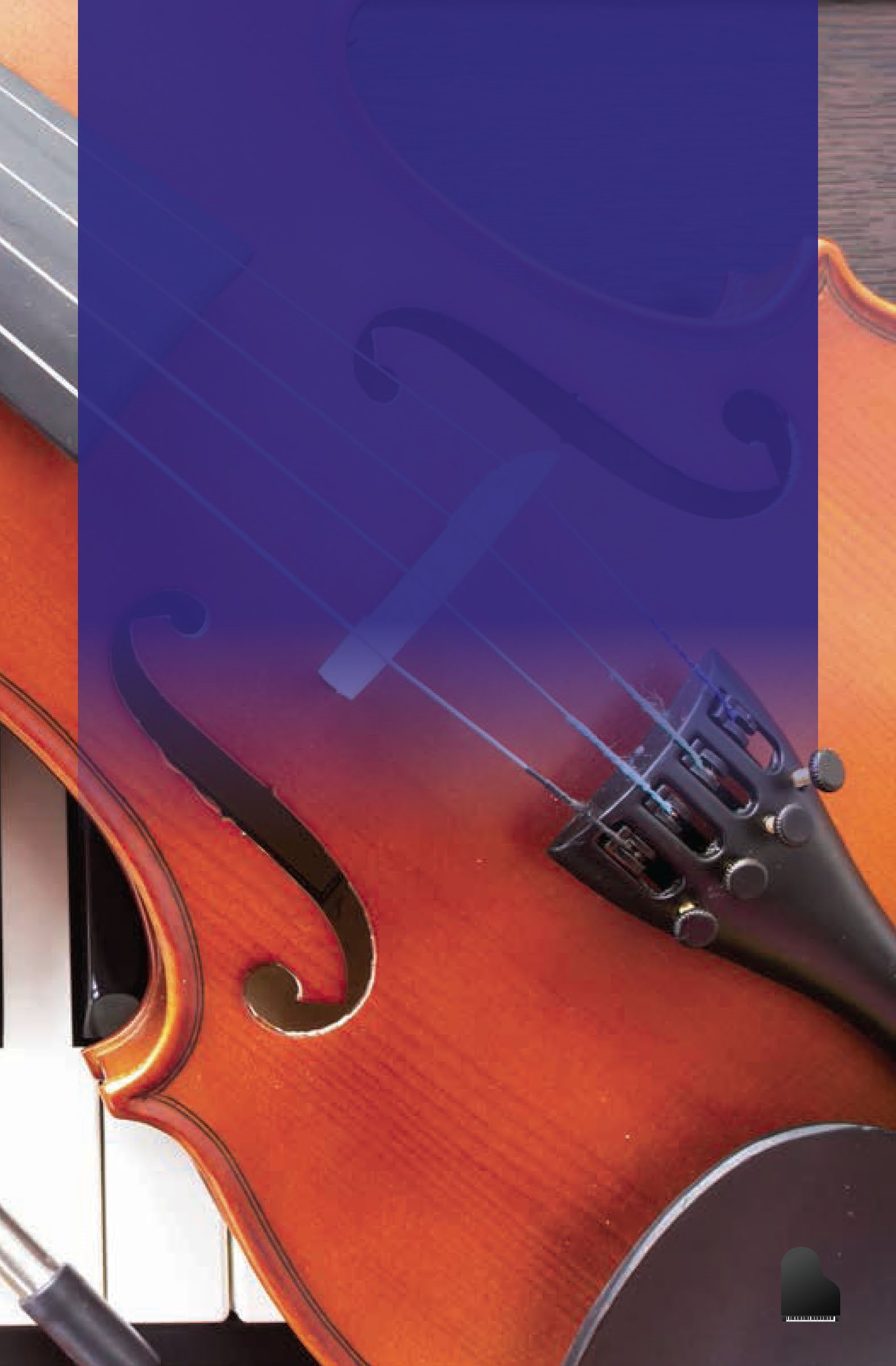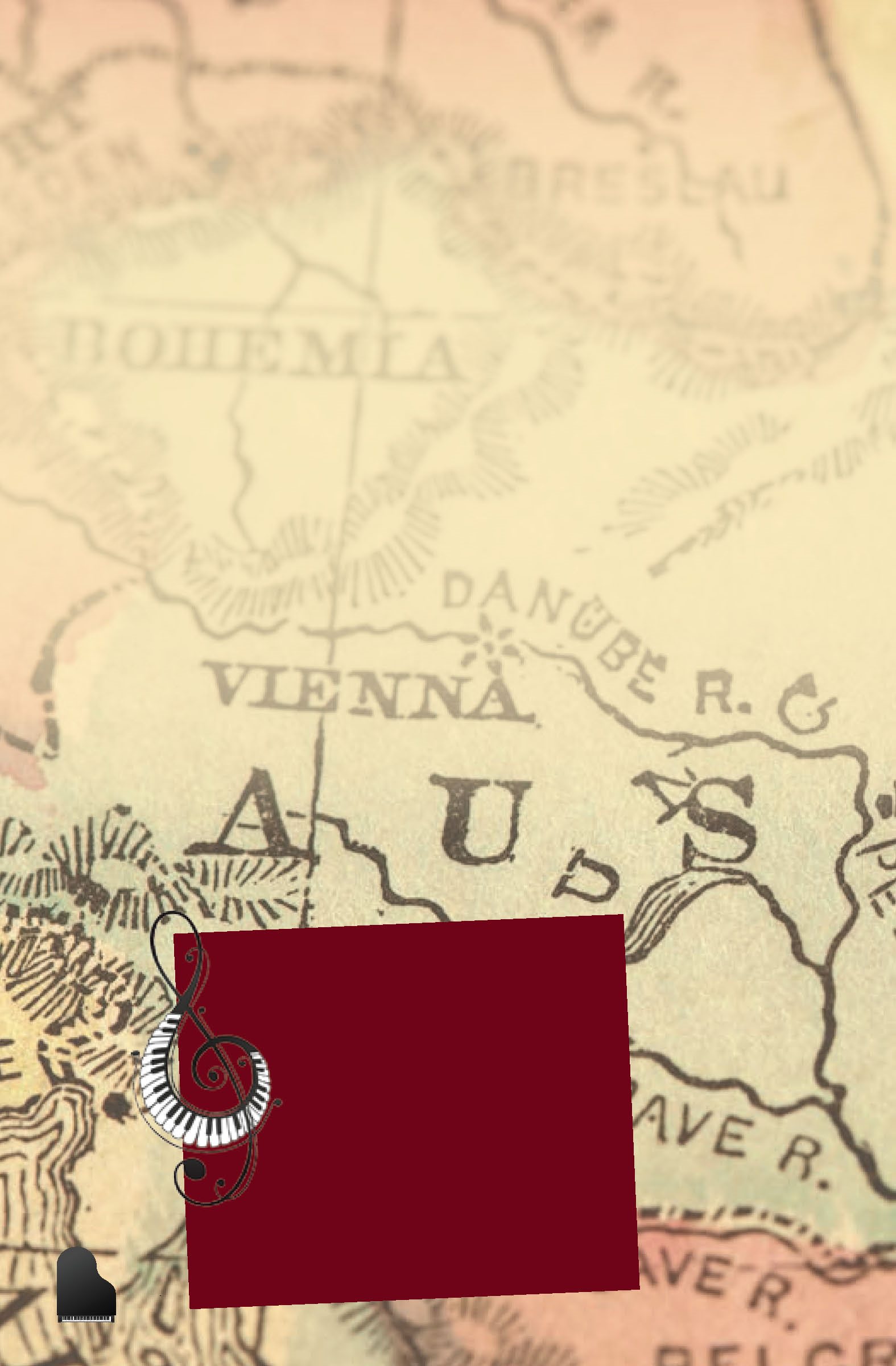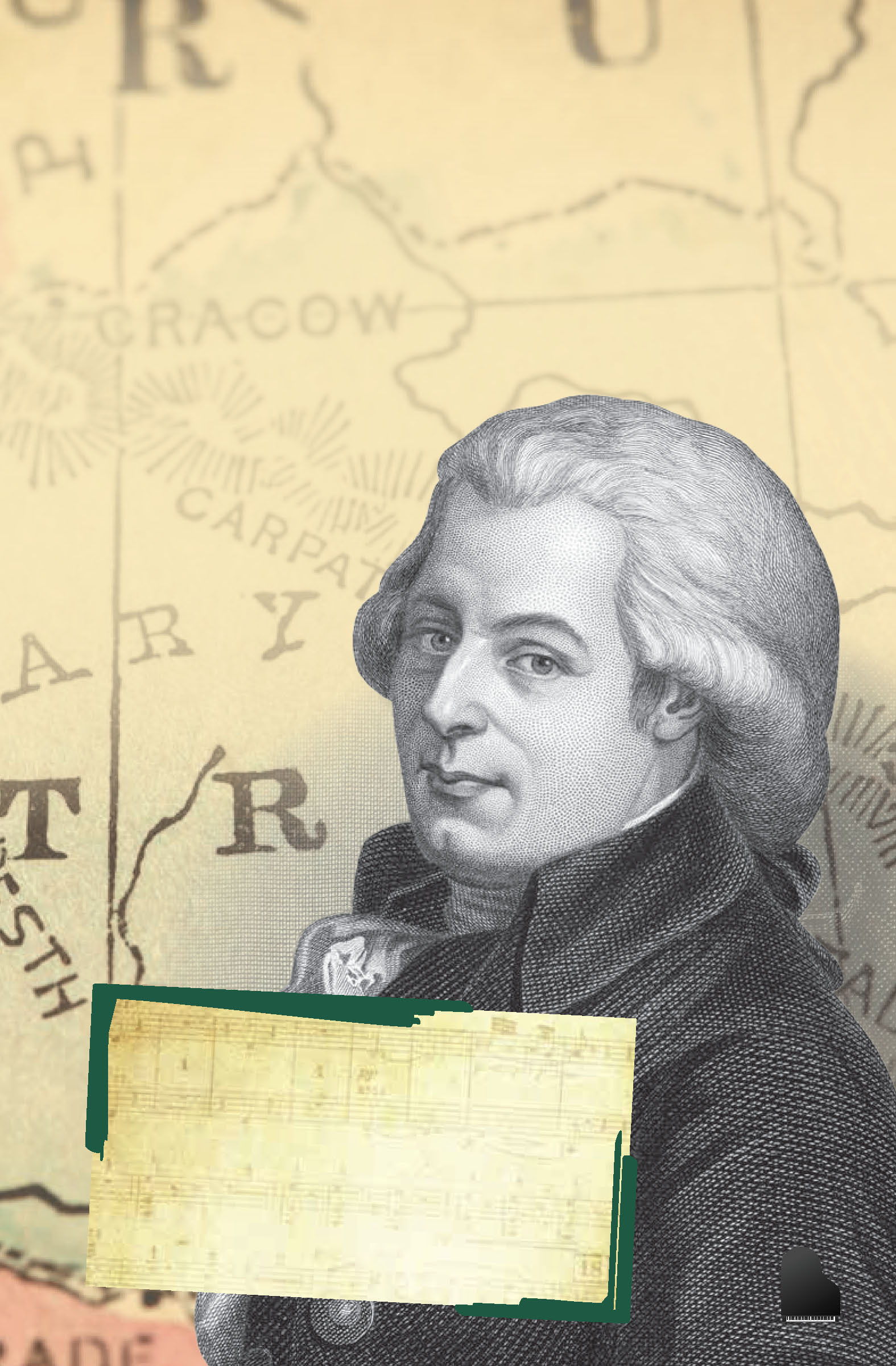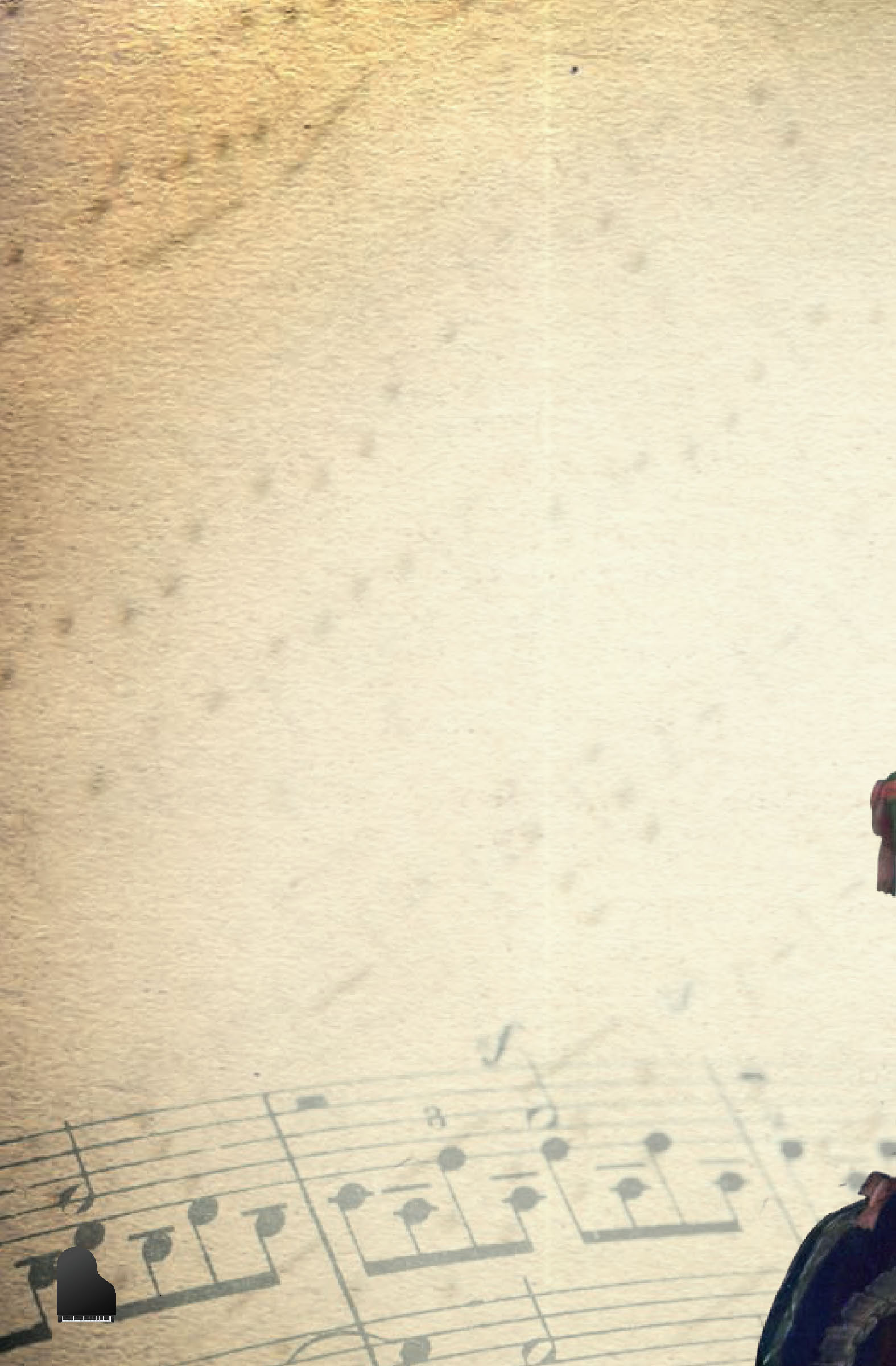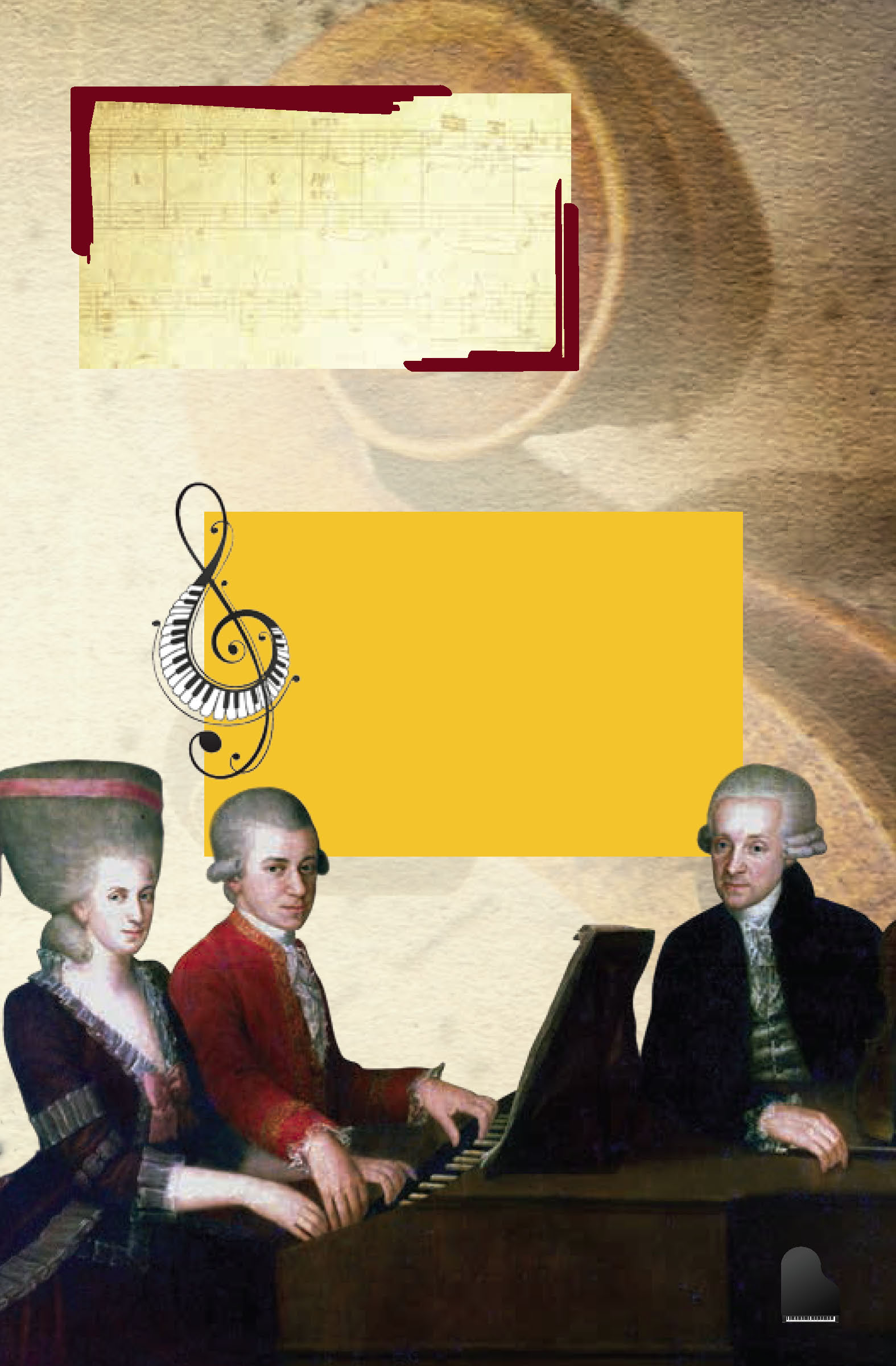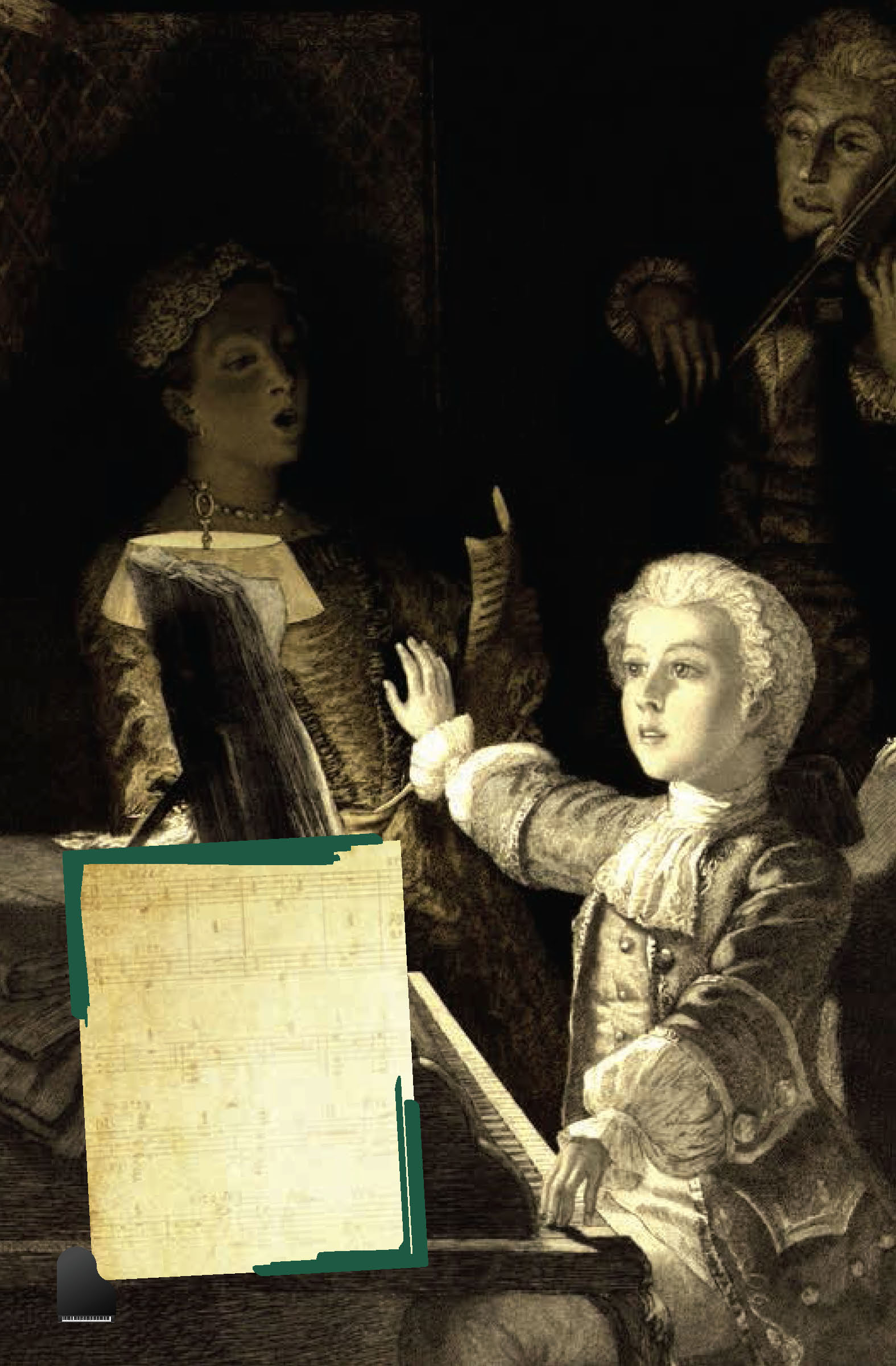Consultants
Timothy Rasinski, Ph.D.
Kent State University
Lori Oczkus, M.A.
Literacy Consultant
Publishing Credits
Rachelle Cracchiolo, M.S.Ed., Publisher
Conni Medina, M.A.Ed., Managing Editor
Dona Herweck Rice, Series Developer
Emily R. Smith, M.A.Ed., Content Director
Stephanie Bernard/Susan Daddis, M.A.Ed., Editors
Robin Erickson, Senior Graphic Designer
The TIME logo is a registered trademark of TIME Inc.
Used under license.
Image Credits: Cover and p.1 (front) Carsten Koall/Getty Images,
(back) Glasshouse Images/Alamy Stock Photo; p.6 Ann Ronan Pictures/
Print Collector/Getty Images; p.9 DeAgostini/Getty Images; p.13
Illustration by Timothy J. Bradley; p.14 LOC [LC-DIG-pga-03844]; p.16
Apic/Getty Images; p.17 Igor Bulgarin/Shutterstock.com; pp.18, 25
FALKENSTEINFOTO/Alamy Stock Photo; p.21 World History Archive/
Alamy Stock Photo; p.27 Sean Gallup/Getty Images; all other images
from iStock and/or Shutterstock.
Library of Congress Cataloging-in-Publication Data
Names: Beth, Georgia, author.
Title: 18th century superstar : Mozart / Georgia Beth.
Description: Huntington Beach : Teacher Created Materials, 2017. |
Includes
index.
Identifiers: LCCN 2016037451 (print) | LCCN 2016038171 (ebook) | ISBN
9781493836314 (pbk.) | ISBN 9781480757356 (eBook)
Subjects: LCSH: Mozart, Wolfgang Amadeus, 1756-1791--Juvenile
literature.|
Composers--Austria--Biography--Juvenile literature.
Classification: LCC ML3930.M9 B47 2017 (print) | LCC ML3930.M9
(ebook)|DDC
780.92 [B] --dc23
LC record available at https://lccn.loc.gov/2016037451
Teacher Created Materials
5301 Oceanus Drive
Huntington Beach, CA 92649-1030
http://www.tcmpub.com
ISBN 978-1-4938-3631-4
2017 Teacher Created Materials, Inc.
Table of Contents
Cue the Orchestra
The lights dim. The conductor appears. The string
players raise their bows in unison. A low note hums through
the theater. The musicians. The singers. The audience. All
eyes are on the conductor who is commanding every note.
Modern audiences tend to prefer other types of music
over classical. It has a reputation for being cerebral and
challenging. But attending a classical music concert can
be a dramatic experience, and the music can provoke
powerful emotions in listeners. Today, the greatest
classical composers are revered as geniuses. To their
contemporaries , they were also superstars. The emotions
they evoked in listeners inspired wild adoration at
performances around the world. Audiences loved the beauty
and emotion of their novel compositions. And their rich
works continue to affect people centuries later.
Hitting the High Notes
In the eighteenth century, Austria
was a European center of
politics, power, wealth, and
culture. A new middle class
began to afford some of the
luxuries that before were only
available to the aristocracy. This
included leisure time, traveling
to foreign countries, wearing the latest
fashions, and attending concerts.
Johann Chrysostom Wolfgang Amadeus Mozart was
born January 27, 1756, in Salzburg, Austria. He would
grow to be one of the greatest composers in history. He
wrote music that has been called incredibly inventive and
adventurous by critics. His work spanned a variety of
genres and was played for audiences that included everyone
from King Louis XV to Johann
Christian Bach. Today, the
man behind these timeless
pieces of music is known
simply by a single
name: Mozart.
Nuance s of a Name
When he was baptized, his parents used the name
Johannes Chrysostomus Wolfgangus Theophilus
Mozart. In keeping with Catholic tradition,
Johannes Chrysostomus is representative of the
saint he is named for. He introduced himself as
Wolfgang Amad or Wolfgang Gottlieb. Today, we
know him as Wolfgang Amadeus Mozart.
Prelude to Greatness
Philosophers have long asked whether it is nature or
nurture that turns ordinary children into geniuses. Scientists
look for evidence that genius is genetic. They study the
early lives of their subjects. They hope to understand the
early influences, motives, and challenges that shaped the
prodigies work. Studying the early life of Mozart may not
provide all the answers, but it should help us understand the
background of his musical genius.
Family Life
Mozart was the youngest of seven children. Only he
and his sister, Maria Anna, survived past infancy. His
father, Leopold, was a musician. He wrote Treatise on the
Fundamental Principles of Violin Playing , a manual used
to teach students how to play the violin. Mozarts mother,
Anna, came from a middle-class family and was devoted to
her children. Throughout his childhood, Mozarts home was
filled with love and music.
Attending school was not a part of young Mozarts
life. Like many children of the time, he never had a formal
education. His father taught him arithmetic, history, and
music. He also studied German, Italian, French, and Latin.
But his lack of formal training became clear when he later
moved through more educated circles or wrote letters
home. He was famous for using his own idiosyncratic
spelling and grammar.
Deconstructing Genius
True genius is about more than intelligence.
It cant be measured with a test, and its
difficult to define. The term genius is most
often used to describe someone, such as
Mozart, who develops ideas that move a field
of study forward in dramatic ways.
The First Stage Parent
As a musician, Leopold Mozart was proud
of his childrens talents. But he also used
their talents to make money and become
famous himself. He often looked for ways
to ensure Wolfgang and Maria Anna would
be able to perform for royalty and other
influential people. Leopold pushed
them to travel long distances to
perform for wealthy audiences.
A True Prodigy

